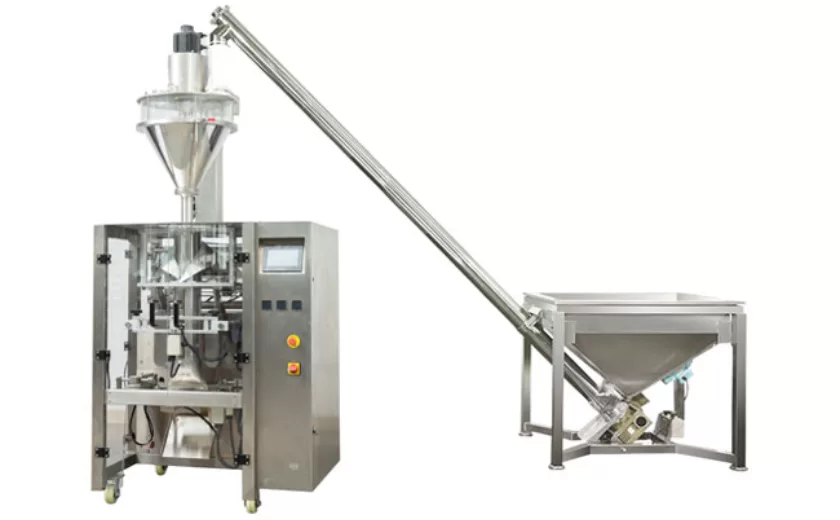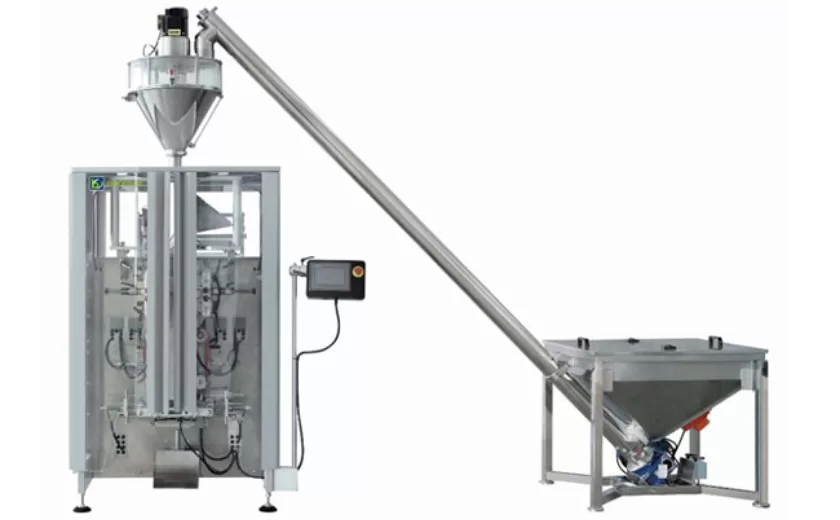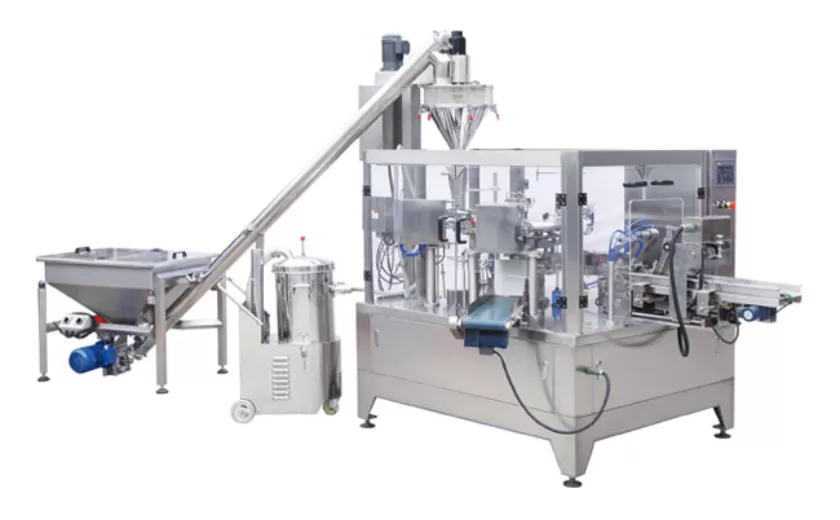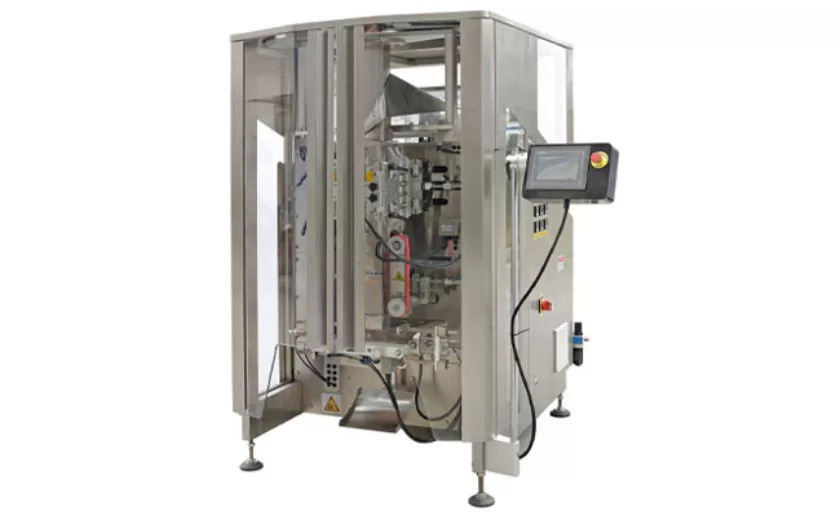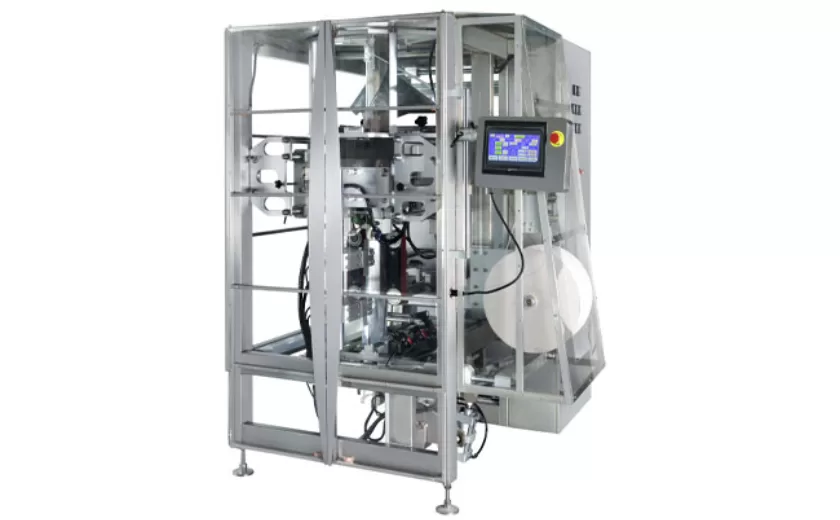Troubleshooting Common Issues with Inverted Horizontal Flow Wrappers
Inverted horizontal flow wrappers are versatile machines that offer high-speed and efficient packaging solutions for a wide range of products. They are designed to handle a variety of packaging materials, including flexible films, laminates, and paper. Despite their advanced design, these machines can encounter common issues that impact their optimal performance and efficiency. This article delves into troubleshooting common challenges associated with inverted horizontal flow wrappers and provides practical guidance on resolving them.
Incorrect Film Tension
Optimal film tension is crucial for maintaining proper wrapping and sealing. If the film is too taut, it can cause tearing or misalignment during the wrapping process. Conversely, if the film is too loose, it can result in wrinkles or insecure seals. Adjusting the film tension settings according to the recommended specifications for the specific film being used is essential. Additionally, inspecting the film roll for any damage or imperfections that could affect tension should be regularly performed.
Sealing Issues
Sealing problems can arise due to various factors. Improper sealing temperature or pressure settings can lead to weak or incomplete seals. Ensuring that the sealing bars are set at the appropriate temperature and pressure for the packaging material being used is crucial. Additionally, inspecting and cleaning the sealing bars regularly to remove any residue or debris that could interfere with sealing is essential.
Product Feeding Problems
Product feeding issues can disrupt the wrapping process and lead to production delays. Misalignment or incorrect positioning of the product guide can result in skewed or misaligned packages. Adjusting the product guide to ensure proper product alignment within the wrapping area is necessary. Moreover, inspecting the product feed system for any blockages or worn components that could hinder smooth product flow is crucial.
Electrical Faults
Electrical faults can range from minor interruptions to more severe issues that could pose safety hazards. Loose or damaged electrical connections can lead to intermittent operation or complete machine shutdown. Regularly inspecting all electrical connections, including plugs, wires, and terminals, for signs of damage or loose contacts is essential. Additionally, checking fuse boxes and circuit breakers for tripped circuits or blown fuses can help rectify electrical faults promptly.
Mechanical Issues
Mechanical issues can manifest in various forms, such as noisy operation, excessive vibration, or component wear. Worn bearings or gears can cause increased noise levels and potential mechanical failures. Inspecting and replacing worn components as necessary is crucial to maintain smooth and efficient operation. Additionally, periodically lubricating moving parts according to the manufacturer’s recommendations can help prevent premature wear and extend the machine’s lifespan.
Troubleshooting common issues with inverted horizontal flow wrappers requires a systematic approach that involves identifying the root cause of the problem and implementing appropriate corrective actions. By understanding the potential challenges and having a clear understanding of the machine’s components, operators can effectively address these issues and maintain optimal performance. Regular maintenance, thorough inspections, and timely adjustments are vital for ensuring the reliability and efficiency of these machines, minimizing downtime, and maximizing production output.
-
Precision Filling with Auger Type Powder Filling Machines
25-07-2025 -
Versatile Auger Packing Machines for Precision Powder Filling
25-07-2025 -
High-Precision Auger Filling Machines for Efficient Powder Packaging
25-07-2025 -
Versatile Vertical Form Seal Machines for Efficient Packaging
20-07-2025 -
Advanced Vertical Wrapping Machines for Streamlined Packaging
20-07-2025 -
Versatile and Efficient Small Vertical Form Fill Seal Machines for Modern Packaging Needs
20-07-2025 -
Reliable Solutions for Liquid Filling and Packing in Modern Production
11-07-2025 -
Precision and Efficiency with Liquid Packaging Machines
11-07-2025 -
Efficient Solutions with Granule Packaging Machines for Modern Industries
11-07-2025 -
Reliable Solutions with Auger Type Powder Filling Machines
05-07-2025





